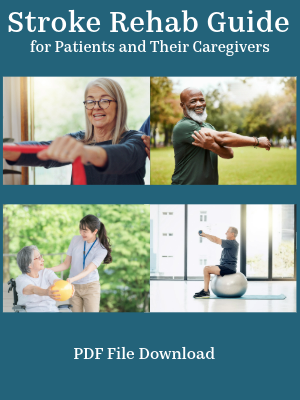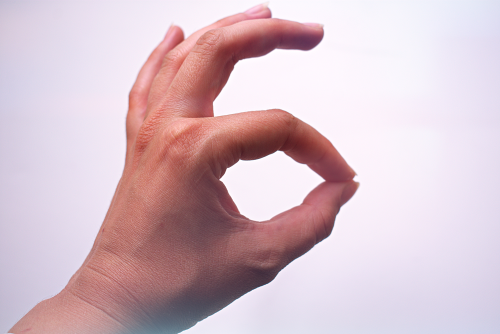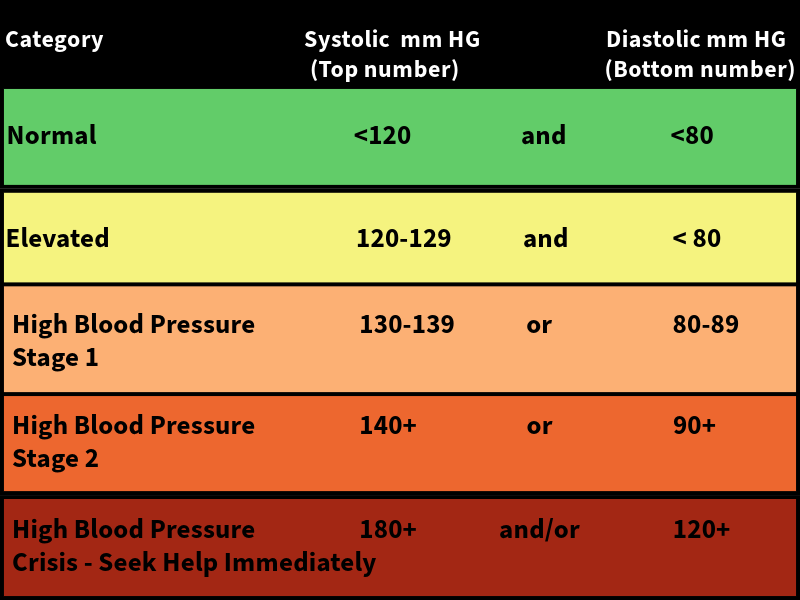Weight Bearing Activities for Stroke
Medically reviewed by Karen Murray, OT, CHT, CSRS - written by Stroke-rehab.com
Weight bearing activities for stroke are a crucial component of stroke rehabilitation offering a host of benefits which include preventing bone loss, decreasing risk of fractures, increasing strength, improving balance, and enhancing overall quality of life for stroke survivors. After having a stroke, loss of bone density especially on the weaker side can happen quickly. This loss of bone density increases the risk for fractures. One study of 13,594 adult survivors of stroke showed that fracture risk increased by 63% after stroke/TIA and was associated with poorer quality of life1.
Benefits of Weight Bearing Activities for Stroke
Weight bearing activities and exercises involve placing load on the bones and muscles, promoting growth and preventing loss of bone density and muscle mass. The benefits of weight bearing activities for stroke patients are many and include:
Muscle Strength and Endurance: Stroke often results in muscle atrophy due to reduced use and immobilization. Weight-bearing exercises help rebuild muscle strength and endurance, which are essential for regaining functional abilities.
Bone Health: Prolonged periods of immobility can lead to decreased bone density and increased risk of fractures. Weight-bearing stimulates bone remodeling and strengthen bones, helping to fight the risk of osteoporosis.
Improved Balance and Coordination: Weight-bearing activities and weight shifting will help improve balance and improve the sense of where the body is in space. This can help to prevent falls and loss of balance during activities.
Joint Flexibility: Post-stroke muscle tightness and joint stiffness can hinder mobility. Weight-bearing activities promote joint flexibility and can help increase increase range of motion. For example, weight bearing on the hand requires good wrist mobility and weight bearing on the foot requires good ankle mobility. If stroke patients stay in bed frequently, they can lose joint mobility that weight bearing activities help provide.
Decreased Hypertonicity: After performing weight bearing exercises, it is not uncommon for stroke patients with high tone to experience a relaxation of that tone in the weight bearing body part. For example hand tone often decreases after weight bearing through the hand and arm. These decreases in tone may only be short-lived but do allow for the patient to improve joint mobility that may not be possible without weight bearing.
Progression of Weight Bearing Exercises After Stroke

It's important to note that weight-bearing activities and exercises for stroke patients should be tailored to each individual's capabilities and guided by a physical or occupational therapist. Here's a general outline of how weight bearing exercises are often progressed in a stroke rehabilitation program:
- Consultation with a Healthcare Professional: The stroke patient consults their healthcare team to get personalized recommendations based on the individual's medical history, current condition, and specific needs.
- Start Slowly: Depending on the severity of the stroke, initial exercises may need to be performed while seated or with support. Exercises are progressed gradually to more weight-bearing activities as strength and balance improve.
- Weight-Shifting Exercises: Once weight bearing is possible on a weakened body part, weight-shifting exercises are often added, such as transferring weight from one leg to another while seated or standing with support.
- Assisted Standing and Walking: Assistive devices like parallel bars or a walker are often used to help support standing and walking. These devices can offer needed support when an individual is weak or has impaired balance.
- Functional Activities: Functional movements are incorporated into the exercise routine such as rising from sit to stand, reaching for objects, or stepping over obstacles, to simulate real-world activities and improve overall mobility.
- Resistance Training: Resistance bands, light weights, or bodyweight exercises are often used to gradually build muscle strength. The focus is usually on major muscle groups while maintaining proper form.
- Balance Exercises: More advanced activities that challenge balance are incorporated once the stroke patient is able. Examples of these exercises might include trying to stand on one leg, stepping up and down from a step, and side stepping. These exercises enhance proprioception and stability.
- Regular Evaluation of Progress: Progress should be regularly assessed by an OT or PT (or other trained healthcare professional) and the exercise routine adjusted accordingly. This ensures that the exercises remain challenging yet safe.
Through targeted and supervised weight bearing exercises, stroke patients can help prevent loss of bone and muscle mass after stroke and decrease the risk of falls and fractures. Weight bearing activities are an essential component of stroke rehabilitation for patients with weakness and impaired balance after stroke.
1Dalli, Lachlan L et al. “Fracture Risk Increases After Stroke or Transient Ischemic Attack and Is Associated With Reduced Quality of Life.” Stroke, 10.1161/STROKEAHA.123.043094. 15 Aug. 2023, doi:10.1161/STROKEAHA.123.043094
Get Our Stroke Rehab Guide

Our stroke rehab guide is designed specifically for patients and caregivers. It's in pdf format and can be immediately downloaded. It includes about
- Stroke Definition & Causes
- Stroke Treatment
- Rehabilitation Information for Physical, Occupational and Speech Therapy
- Exercise pictures
- Q&A from patients and caregivers
- Adaptive Equipment & Techniques
- How to Prevent Another Stroke & More!
Medical Disclaimer: All information on this website is for informational purposes only. This website does not provide medical advice or treatment. Always seek the advice of your physician or other healthcare provider before undertaking a new healthcare or exercise regimen. Never disregard professional medical advice or delay seeking medical treatment because of something you have read on this website. See the disclaimer page for full information.
- Home
- Guide to Exercises
- Weight Bearing















